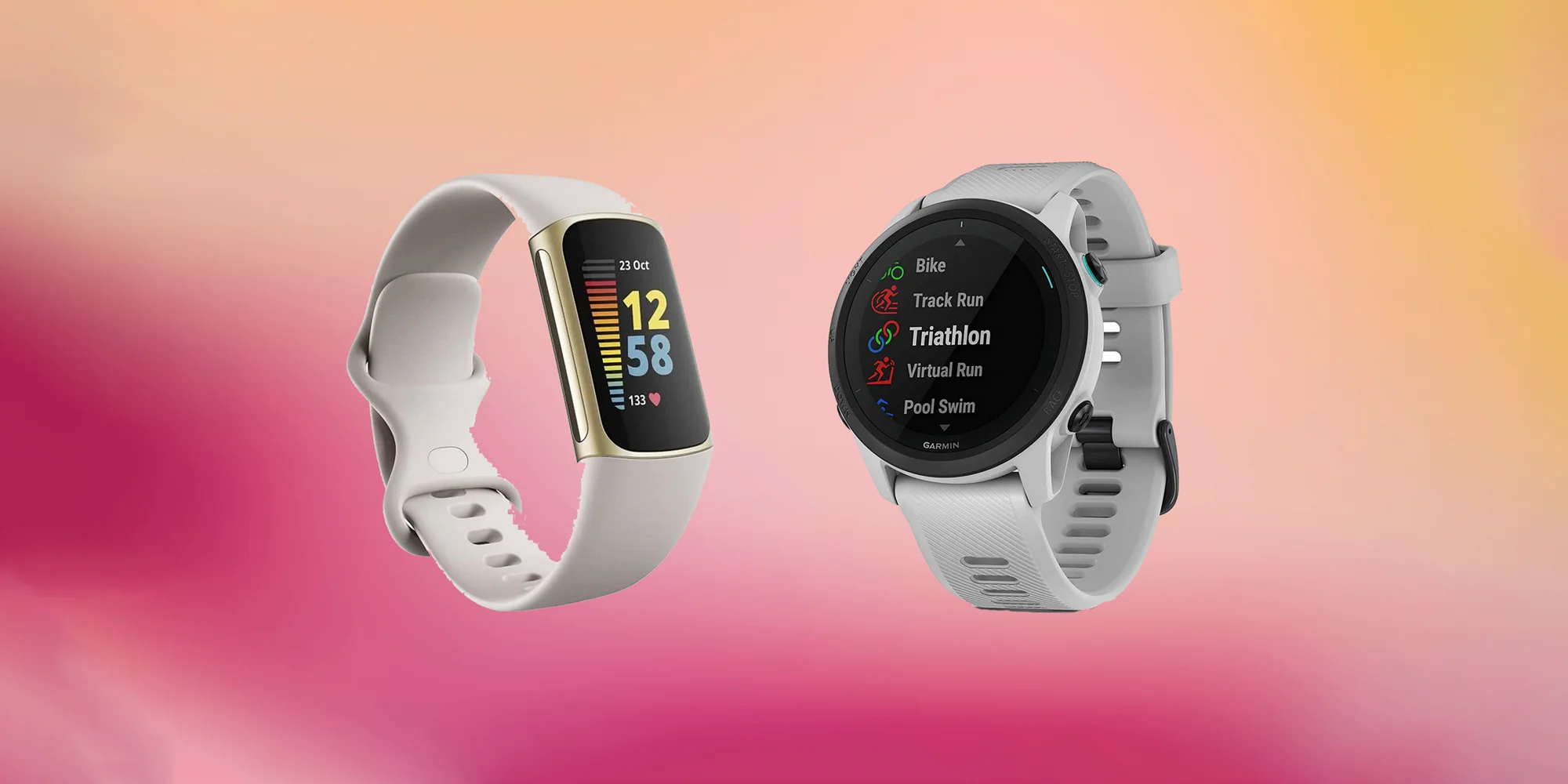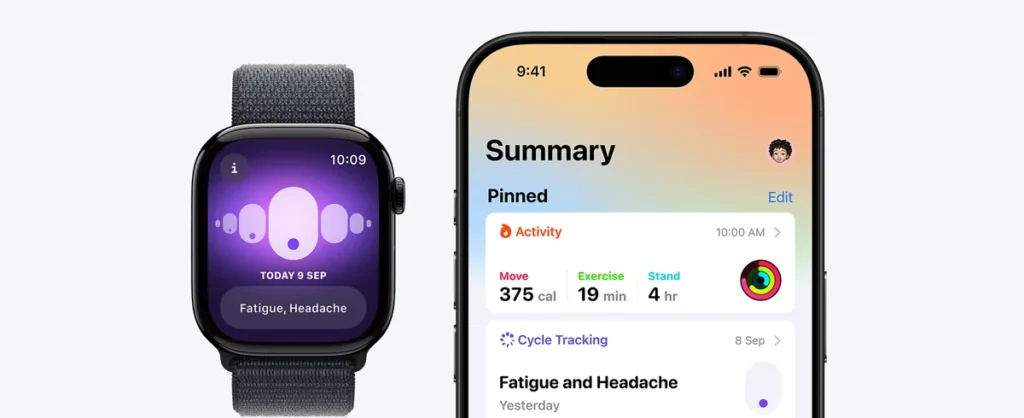Necessary Always Active
Necessary cookies are required to enable the basic features of this site, such as providing secure log-in or adjusting your consent preferences. These cookies do not store any personally identifiable data.
|
||||||
|
||||||
|
||||||
|

In the dynamic world of wearable technology, fitness trackers have moved beyond their initial purpose as simple steps are counters into smart health monitoring devices. With sensors that can monitor biometric information including heart rate variability (HRV), blood oxygen saturation (SpO2), skin temperature, and sleep patterns, contemporary wearables are now part of integral personal health ecosystems.
Among the players here, Garmin and Fitbit are two brands with their own style of fitness and health tracking. Even though both companies provide robust hardware and feature-laden platforms, their design philosophies, capabilities in analytics, and target markets are quite different.
This blog provides an organized comparison between Garmin and Fitbit on several key dimensions, such as fitness and health tracking features, smartwatch features, and usability. The aim is to enable consumers, fitness trainers, and tech gurus to find wearable devices that best suit their activity level, performance requirements, and data requirements.
Fitbit has positioned itself as an accessible and approachable fitness companion. Its devices are designed for everyday users who want to get more active, sleep better, and manage stress. Whether you’re walking to stay fit or tracking your daily step goal, Fitbit provides a friendly, intuitive experience.
Fitbit excels at making wellness simple. It’s ideal for people looking to improve lifestyle habits rather than push performance limits. Most models are lightweight, stylish, and easy to use, making them particularly appealing to beginners or those who prefer a minimal learning curve.
Garmin, on the other hand, was developed in the world of GPS navigation and aviation technology, and it shows. It’s wearables are built for serious athletes, outdoor adventurers, and high-performance enthusiasts. Garmin devices are known for exceptional accuracy, advanced metrics, and durability, making them a top choice for runners, cyclists, swimmers, and triathletes.
While Fitbit aims for ease and encouragement, Garmin prioritizes precision and performance. Both serve their audiences well, but their target users are fundamentally different.
Both Garmin and Fitbit offer solid baseline activity tracking like step count, distance traveled, calories burned, and sleep monitoring. But when you look at how deep each brand goes, differences emerge.
Fitbit’s strength lies in ease of use and motivation. Devices like the Fitbit Charge 6, Versa 4, and Sense 2 include guided workouts, goal-based tracking, and activity reminders. Features like Active Zone Minutes help users understand how much moderate-to-intense activity they’re getting daily.

For users who prefer automatic recognition of walking, biking, or elliptical workouts, Fitbit handles this well with minimal setup. It’s very much a “put it on and go” experience.
Garmin, however, dominates in terms of sports tracking depth and accuracy. Models like the Forerunner, Fenix, and Venu offer:
Garmin also includes race predictors, interval training, and live tracking, which are indispensable for athletes. While Fitbit covers the basics beautifully, Garmin is ideal for those training toward events or seeking deep performance analytics.
Both Fitbit and Garmin have made huge strides in health tracking, providing insights into heart rate, stress, recovery, and even respiratory health. But once again, the level of detail and how that information is presented varies.
Fitbit offers:
One standout feature is Fitbit’s ECG (electrocardiogram) capability on the Sense 2, which helps detect signs of atrial fibrillation. Its Health Metrics Dashboard compiles data into an easy-to-read format and gives a wellness snapshot that’s approachable even to non-technical users.
Garmin, meanwhile, leans into performance-based health insights, with metrics that appeal to biohackers and athletes:
Garmin doesn’t just show you your numbers, it correlates them to your training load, rest needs, and recovery status. However, the interface can be data-heavy, and some insights may require interpretation or a deeper understanding of health analytics.
While both Garmin and Fitbit primarily focus on fitness, they’ve also added smartwatch features to enhance utility and convenience.
Fitbit offers:
Since Fitbit is now part of Google, integration is expected to improve further, especially with the recent Pixel Watch series showing more synergy between Fitbit and Wear OS.

Garmin, although not positioned as a traditional smartwatch brand, provides:
Garmin’s Connect app offers more analytics and workout planning tools than Fitbit but is less intuitive for casual users. It caters more to power users and performance geeks who want to analyze trends, export training logs, and tweak metrics.
Ultimately, choosing between Garmin and Fitbit comes down to who you are and how you move.
Both Garmin and Fitbit offer exceptional wearable experiences, but their value lies in very different user priorities. Fitbit is great if you want to build better health habits, understand your body, and stay active with minimal complexity. Garmin is built for those who want to optimize training, track in-depth metrics, and push physical performance to new heights.
If you want a watch that acts as a motivational buddy, go with Fitbit. If you need a personal coach strapped to your wrist, choose Garmin.
In the end, your decision should be guided not just by specs, but by how you plan to use the device every day. After all, the best fitness tracker is the one that helps you reach your goals — consistently and intelligently.
Sign up to receive our newsletter featuring the latest tech trends, in-depth articles, and exclusive insights. Stay ahead of the curve!